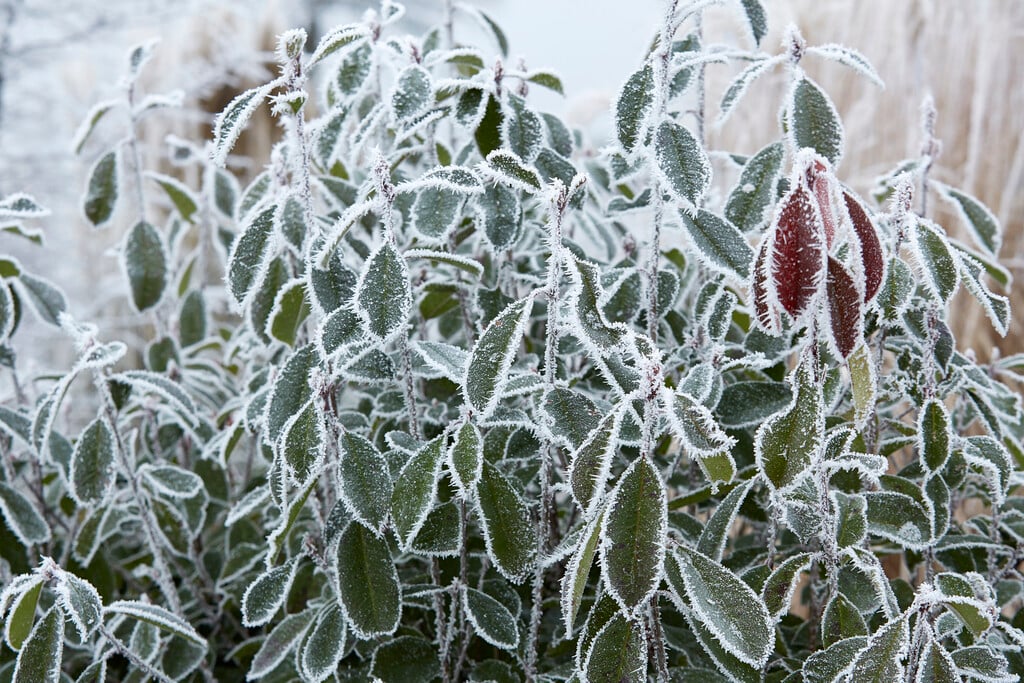Ligustrum ovalifolium
garden privet
A vigorous, upright semi-evergreen or evergreen shrub about 4m tall, with oval, glossy green leaves to 6cm long. Small white fragrant flowers in pointed dense clusters to 10cm long appear in midsummer followed by rounded shiny black fruits in autumn
Size
Ultimate height
4–8 metresTime to ultimate height
10–20 yearsUltimate spread
2.5–4 metresGrowing conditions
Moisture
Moist but well–drained, Well–drainedpH
Acid, Alkaline, NeutralColour & scent
| Stem | Flower | Foliage | Fruit | |
| Spring | Green | |||
|---|---|---|---|---|
| Summer | White | Green | ||
| Autumn | Green | Black | ||
| Winter |
Position
- Full sun
Aspect
North–facing or South–facing or East–facing or West–facing
Exposure
Exposed or Sheltered Hardiness
H4Botanical details
- Family
- Oleaceae
- Native to GB / Ireland
- No
- Foliage
- Semi evergreen or Evergreen
- Habit
- Bushy, Columnar upright
- Potentially harmful
- Harmful if eaten. Wear gloves and other protective equipment when handling Pets (dogs): Harmful if eaten. For further information and contact numbers regarding pets, see the HTA guide to potentially harmful plants
- Genus
Ligustrum can be decidous or evergreen shrubs or small trees, with simple, entire leaves and panicles of small, often unpleasantly scented white flowers in spring or summer, followed by black or deep purple berries
- Name status
Correct
- Plant range
- Japan
How to grow
Cultivation
Grow in any well-drained, or moist but well-drained soil in sun or partial shade
Propagation
Propagate by hardwood cuttings, semi-hardwood cuttings or by seed
Suggested planting locations and garden types
- Architectural
- City and courtyard gardens
- Cottage and informal garden
- Wildlife gardens
- Hedging and screens
- Flower borders and beds
Pruning
Pruning group 1; If grown as a hedge, pruning group 3. Pruning suppresses flowering. Prune two or three times during growing season. Cease pruning in late summer avoid frost damage on new growth
Pests
May be susceptible to aphids, leaf mining moths and thrips
Diseases
May be susceptible to honey fungus
Love gardening
Sign up to receive regular gardening tips, inspiration, offers and more
View our Privacy Policy
Get involved
The Royal Horticultural Society is the UK’s leading gardening charity. We aim to enrich everyone’s life through plants, and make the UK a greener and more beautiful place.

